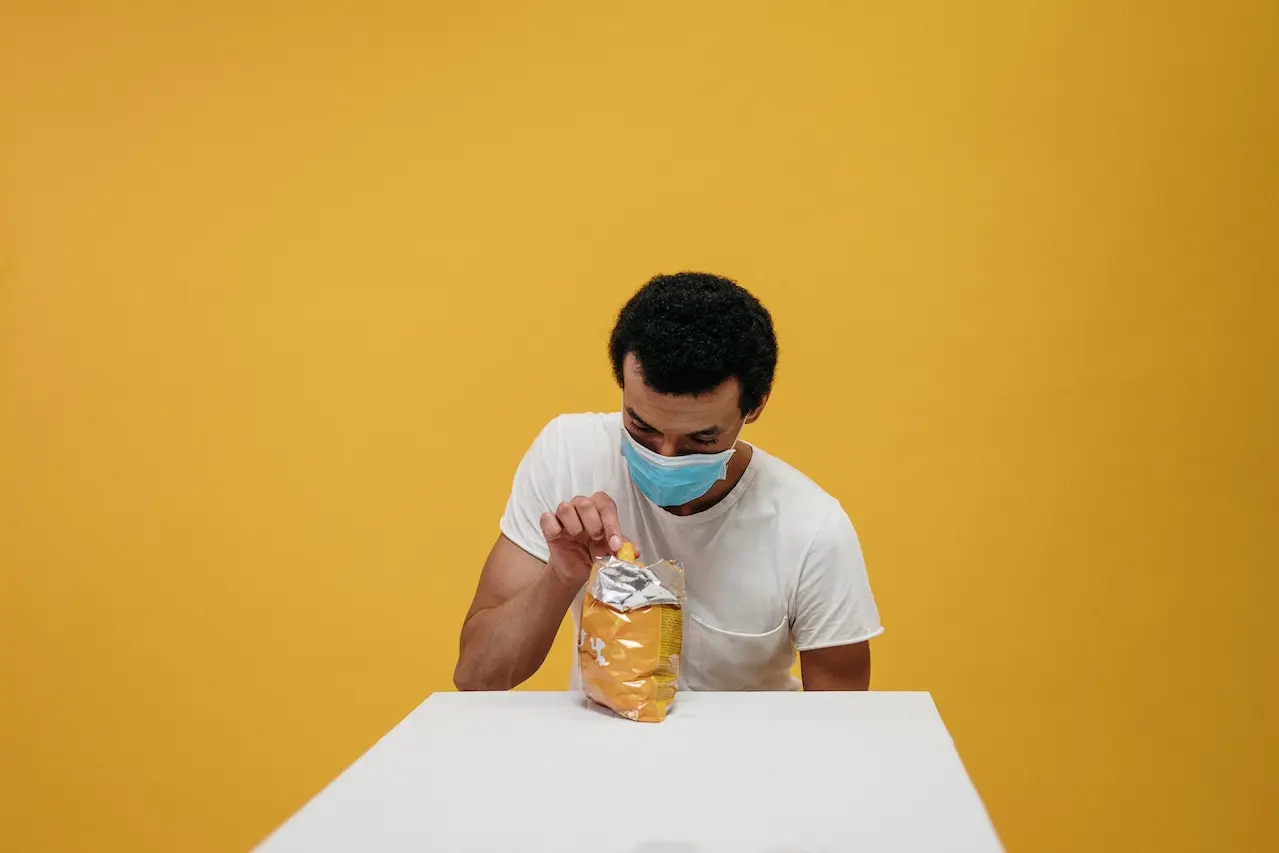We’ve all heard the term ‘mycotoxins’ – and perhaps tasted awnful fruits or vegetables that contain mould, but did you know they can be found in many everyday foods? Mycotoxins are toxic substances produced by moulds (known as fungi) which grow on plants, grains and other agricultural products. And, while you may not think much of them, they can have a dramatic impact on your health if left unchecked. In this blog post we’ll look at three things you need to know about mycotoxins: their effects on our bodies; how to spot them; and what steps we can take to reduce their presence in our diets. So if you want to learn more about these dangerous toxins, read on!
What are mycotoxins and where do they come from
Mycotoxins are a type of toxic compound produced by certain types of fungi. These naturally occurring toxins are often found in crops such as grains, nuts, and spices, and can be harmful to animals and humans if ingested in large quantities. Exposure to mycotoxins can lead to a variety of health issues, including cancer, kidney failure, and immune system suppression. While mycotoxins are difficult to avoid entirely, individuals can reduce their risk of exposure by storing food properly, regularly checking for signs of mold growth, and buying products from reputable sources.
The health risks posed by mycotoxins
Mycotoxins are toxic substances produced by certain molds that can pose a serious health risk. These toxins can be found in a variety of foods, including grains, nuts, and fruits, and can cause a range of health problems, from allergic reactions to cancer. Ingesting mycotoxins can damage a person’s liver and kidneys, and may also affect their immune system. Moreover, the toxins can accumulate in the body over time, leading to chronic health problems. It’s important to be aware of the risks posed by mycotoxins and take steps to minimize exposure. This can include proper storage and handling of food, regular cleaning of living spaces, and avoiding foods that are known to be high in mycotoxins. By taking these precautions, we can help protect ourselves and our families from the harmful effects of mycotoxins.
How to protect yourself from mycotoxin exposure
Mycotoxins are a type of toxic compounds produced by certain fungi that can contaminate food and feed. Exposure to mycotoxins can lead to a range of symptoms and health problems, from nausea and vomiting to liver damage and cancer. To protect yourself from mycotoxin exposure, it is important to be aware of the foods that are most likely to be contaminated, such as corn, wheat, and peanuts. Look for signs of mold on your food, and avoid consuming any items that appear to be spoiled or past their expiration date. Proper storage and handling of food can also help reduce the risk of mycotoxin contamination. By taking these simple but effective measures, you can help safeguard your health and well-being from the harmful effects of mycotoxins.
To conclude, mycotoxins are a serious health threat that we should all be aware of. Exposure to these hazardous toxins can have detrimental health effects such as liver damage, respiratory illness, and cancer development.
